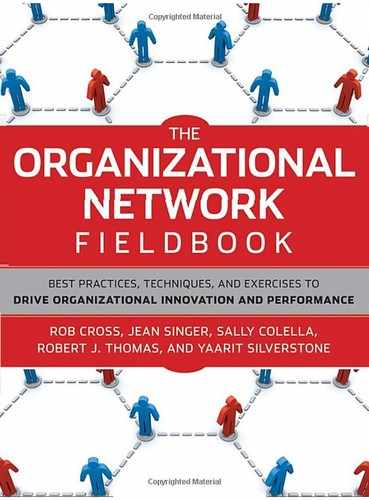10.1. Background to the Cleveland Clinic and to Resurrection Health Care
In 2002 and 2003, senior leaders at the Cleveland Clinic Health System—one of the largest and most highly regarded medical systems in the world—were trying to create buy-in and momentum among hundreds of physicians for a new information technology system. As the project manager for the adoption portion of the implementation, my role was to help identify the best methods for aligning the stakeholders (primarily physicians and nurses) with the process—ensuring their understanding of the benefits of the new system while motivating changes in their behavior, which were often inconvenient in the short term but valuable in the long run to them, the patients, and the health system. Certainly, one of the challenges both in implementing the new IT system and in communicating the need for this change was the scale of the organization, which comprised multiple hospitals across several campuses and offices.
At Resurrection Health Care, a large Catholic health care organization based in Chicago, the challenge was to quickly get hundreds of leaders across the 15,000-person organization to support several systemwide initiatives that would improve quality, service, and economic performance. This health system comprises eight hospitals, more than a dozen nursing homes, and many outpatient facilities and physician offices. My consulting colleagues and I were engaged by the incoming CEO to be involved in this effort. Starting the week before her first day on the job, we began framing an approach that could align people behind a successful transformation. Because we knew that this effort wasn't going to be a one-month project but many months of constant change, we needed a systematic way to monitor what people were hearing and their level of buy-in and to allow for feedback. We also wanted to track and continually improve all this communication. Given our awareness of ONA, we saw an opportunity to integrate network analysis and message monitoring.
Organizations are constantly changing, so it is valuable to have techniques for taking "snapshots" of the current knowledge, beliefs, and mental models that guide individuals. The message monitoring process, like ONA, is a way to take such snapshots. Continuous monitoring of the entire organization is prohibitively expensive; however, periodic monitoring of key communicators is feasible and has helped accelerate effective change.
